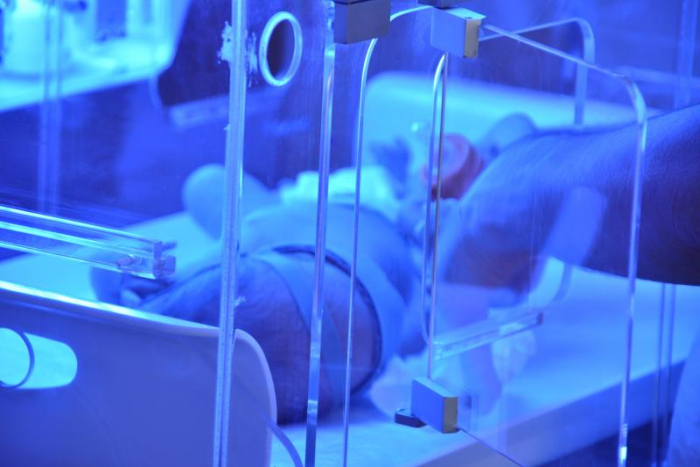
Factors such as prolonged duration of labour, hypothermia, low birth weight, sepsis, and birth asphyxia, among others, independently contribute to an increased risk of neonatal jaundice, according to a study.
The study included 447 neonates (median gestational age, 38 weeks; 58.4 percent boys), among whom 149 had jaundice (defined as yellowing of the skin on the face or eyes at age 2–13 days, along with total bilirubin <205 µmol/L or <257 µmol/L in term or preterm babies, respectively).
Of the mothers of babies with jaundice, 100 (67.1 percent) were primiparous, 145 (97.3 percent) had follow-up antenatal care, 146 (98.0 percent) had no history of using traditional medicine, and 99 (66.4 percent) had spontaneous vaginal delivery.
The median age of neonate at the time of admission were 3 days, and 100 (67.1 percent) infants with jaundice were aged 2–7 days. In the case group, 58 (38.9 percent) infants were hypothermic and 27 (18.1 percent) were hypoglycaemic; the corresponding numbers in the control group were eight (2.7 percent) and four (1.3 percent).
Multivariable logistic regression analysis revealed neonatal jaundice to be independently associated with the following: prolonged duration of labour (adjusted odds ratio [AOR], 2.45, 95 percent confidence interval [CI], 1.34–4.47), male sex (AOR, 3.54, 95 percent CI, 1.99–6.29), low birth weight (AOR, 5.06, 95 percent CI, 2.61–9.82), birth asphyxia (AOR, 2.88, 95 percent CI, 1.38–5.99), sepsis (AOR, 2.49, 95 percent CI, 1.22–5.11), and hypothermia (AOR, 2.88, 95 percent CI, 2.63–14.02).
The findings underscore the importance of providing patient-centred and meticulous antenatal care for high-risk pregnancies, as well as intrapartum and postpartum care, to identify newborns at high risk of jaundice, researchers said. This will greatly reduce the short-term and long-term complications that arise from late diagnosis.
Copyrights © 2020 Company Name. All Rights Reserved